Hinduism is one of the most popular religions in the world. It is one of the Big Three and has over a billion followers, not just in India but in every corner of the globe. But did you know it is also one of the oldest religions? Its root stretches back thousands of years, with a history as colorful and complex as any epic story.
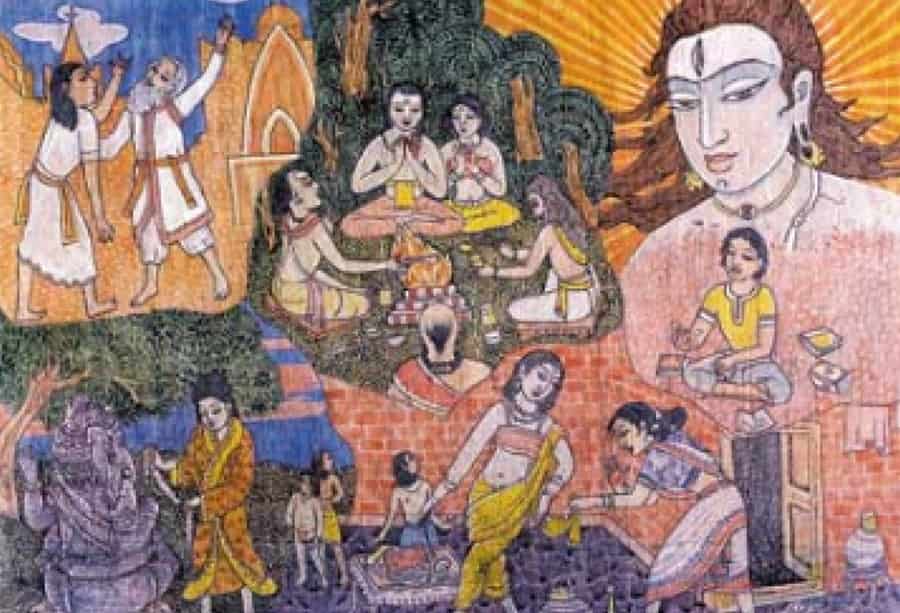
Now, before we go into the history of Hinduism, we must understand that it is not just one thing. You cannot compare it with any faith. It is a whole family of beliefs, customs, and ideas. Some Hindus worship Supreme gods like the Trimurti, Lord Brahma, Vishnu, and Mahesh, whereas others see the divine in nature or within themselves. So, trying to define Hinduism can be a tricky business; in fact, understanding it on its own is also a challenge. However, if you truly want to get into that, you should learn the history of this faith. So, let’s get started with it.
Origin and Early Developments
We need to go back to the roots if we want to learn the history of Hinduism. So, we are starting with the start of civilization in the Indian subcontinent.
Indus Valley Civilization
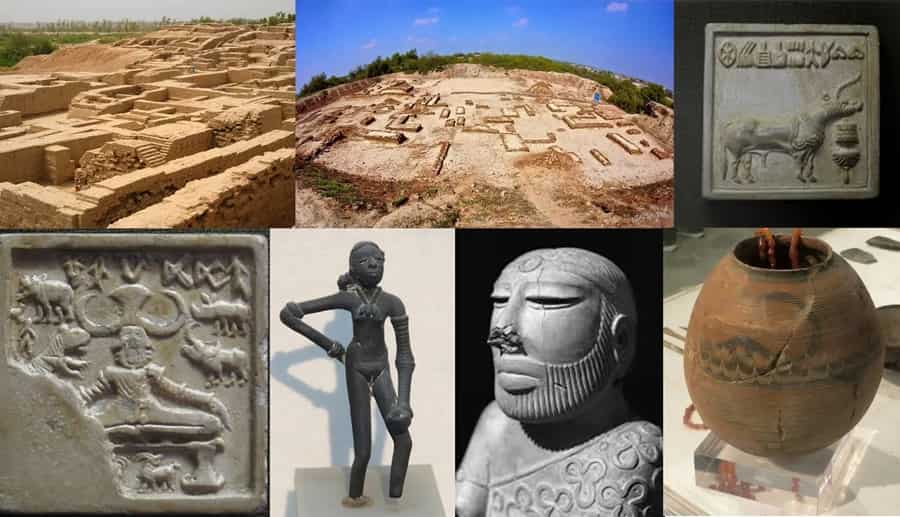
The Indus Valley Civilization is the beginning of organized settlement in India. It existed as early as 3300 BCE in modern-day Pakistan. Imagine cities with planned streets, well-built houses (some even had bathrooms!), and a mysterious script that is still being decoded. Just think about it — there are still many things we don’t know about our ancestors.
However, what is interesting about this civilization is the many fascinating things archeologists have uncovered here. Their discoveries include animal seals, pottery, and small figures with what look like yoga poses! Now, more research about the Indus Valley civilization has informed us about how those people worshipped nature gods, practiced meditation, and had a cycle of life ideas that have shaped modern-day Hinduism. While we can’t be sure about the beginning of Hinduism, this period has all the pointers of being the starting point of this faith.
Vedic Period
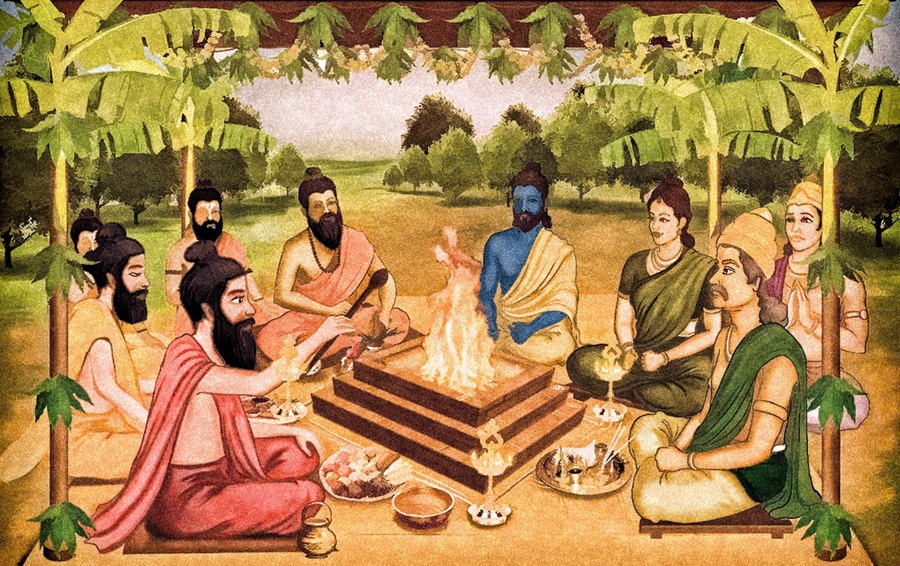
Once we have covered the Indus Valley Civilization, it is time to turn our focus to another significant period in Hinduism. We are, of course, talking about the Vedic period. Considered by many as the golden period, the years between 1500 BCE and 500 BCE saw the creation of four Vedas – Rigveda, Samaveda, Yajurveda, and Atharvaveda.
However, don’t think of them as just some ancient books; they are a window into the world of early Hinduism. Do you know there was no written version of these Vedas? Yes, they were passed down orally as hymns, prayers, rituals, and deep philosophical insights. In these Vedas, we will find the first mention of the powerful Sun God, Surya; the Lord of Fire, Agni Dev; and Indra, the warrior god of thunder.
In the Vedic period, the society in India became more structured. The ideas from the Vedas became a way of life for many and influenced how society operated. The period also saw the creation of a caste system, where each class of people was assigned roles in society – this is something that still has an ill impact on modern Hindu society. Yet, alongside rituals, the Vedic Period sparked deep philosophical questioning as well. Thinkers pondered life’s big questions, setting the stage for the rich philosophical traditions that would blossom within Hinduism for centuries to come.
Epic and Classical Hinduism
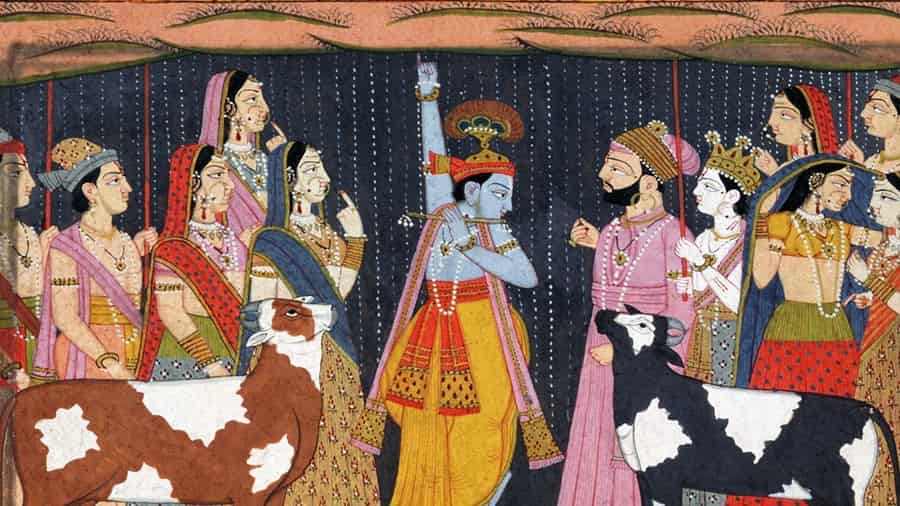
After the Vedic period, comes the Puranic Period, which lasted for a period of nearly 1000 years from 5 BCE to 5 CE. It was the golden period of literature in the Hindu religion, as many epics were written during this time, including two of the most significant stories. We are, of course, talking about the Ramayana and Mahabharata.
They are more than just exciting tales – they are a cornerstone of Hindu culture. The Ramayana tells the story of the exiled Prince Rama, an ideal man, his loyal wife Sita, and their fight against the demon king of Lanka – Ravana. It is a story of love, devotion, duty, faith, and good triumphing over evil. On the other hand, Mahabharata is a vast epic about warring families, united by blood but divided in beliefs. It is full of heroes, complex characters, and even a divine charioteer – Lord Krishna (the eighth avatar of Lord Vishnu). The epic also includes the Bhagavad Gita – a sacred text where Lord Krishna explains the core Hindu philosophy.
Rise of the Bhakti Movement
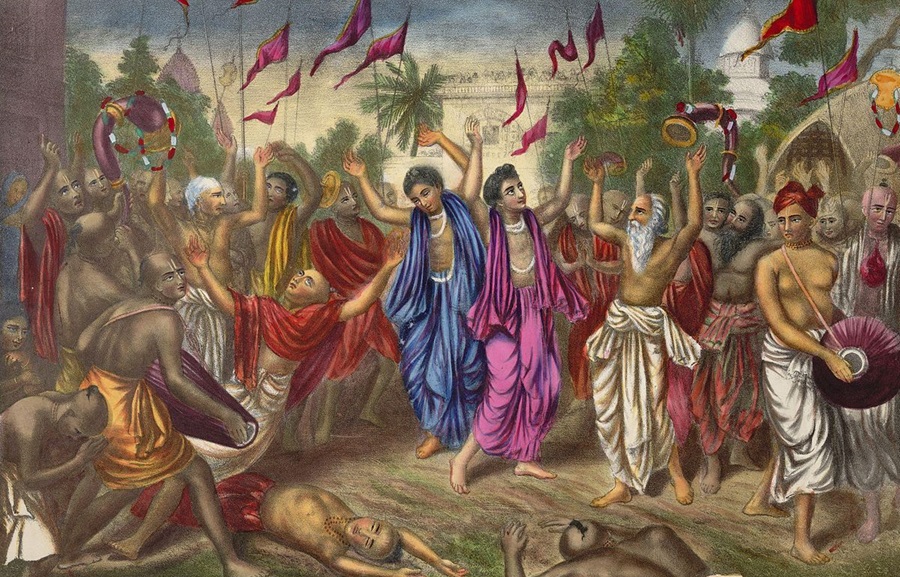
The Puranic period is significant in the history of Hinduism as it also saw the rise of the Bhakti movement across the Indian subcontinent. Before this, it was common for folks to pray to all gods, or the better way to describe it would be to not focus their devotion to any single God in particular. However, the Puranic Period and the Bhakti Movement changed all that, with folks forming groups (or sects) that are devoted to one God in particular.
Now history tells us that this while this movement first started in Southern India, it quickly spread to other parts of the subcontinent as well. Bhakti poets and saints composed beautiful songs, emphasizing the joy of surrendering to the divine and the possibility of salvation through love.
School of Thought during This Period
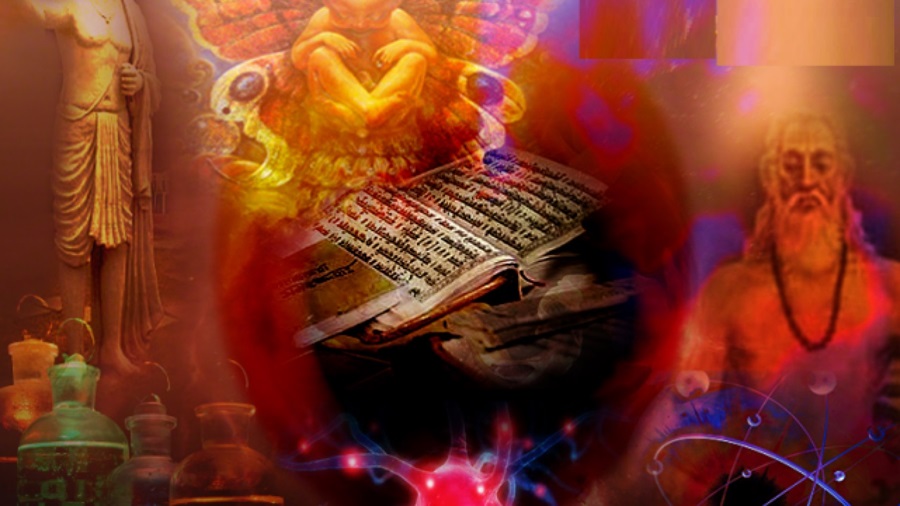
In this era, classic Hindu philosophy flourished, and six major schools of thought emerged. Next up, we will be looking at them to understand what were their thought process. These schools were:
- Samkhya: This school was focused on analyzing the fundamental principles of nature and consciousness
- Yoga: Who does not know about yoga? It focuses on practices for controlling the mind, body, and spirit
- Nyaya: This school of thought emphasized using logic and reasoning
- Vaisheshika: Exploring the nature of the physical world was the main thought
- Mimamsa: The focus was on the correct interpretation of Vedic rituals
- Vedanta: One of the most influential schools, it delved into the nature of the Self (Atman) and its relationship with Ultimate Reality (Brahman)
Medieval Hinduism

Next is the period after the Puranic era, starting from the 4th century. In the next hundreds of years, Hinduism started to see many changes, starting from the arrival of Islam in the 7th century. This was not the first instance where Hinduism came into contact with a foreign religion — earlier interactions with Buddhism and Jainism had already shaped its development. However, Islam presented a unique confluence of Influences, leading to both periods of harmony and conflict.
While kingdoms rose and fell, left and right, folks looked for a stabilizing influence. They turned their head towards religion and the Bhakti movement in particular. Saint poets sang passionate songs of devotion to their chosen gods and goddesses, and their voices echoed throughout the land. Temples became not just places to pray but also centers of intricate artistic expressions.
During this period, Tantra also emerged and became a mainstream part of Hinduism. This distinct set of practices and philosophies within Hinduism embraced the material world as sacred and explored rituals, symbols, and practices — many of which are still in practice to this day.
Modern Hinduism
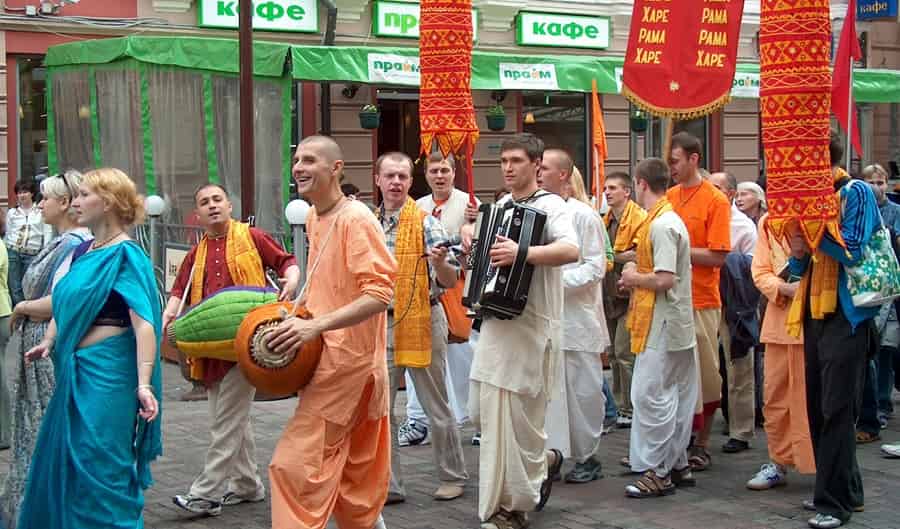
One thing must be pretty clear to you by now – unlike some religions with a clear founder or a specific historical event marketing its beginning, Hinduism is a religion that is in constant motion. It is more like a mighty river, fed by countless streams of traditions, philosophies, and practices that have flowed for millennia.
The Colonial Era & Beyond
The arrival of the British in the 18th century marked a significant moment in Hinduism. The British colonialism in India left a deep imprint not just on the culture of the subcontinent but also on this faith as well. On one hand, colonialism led to a resurgence of interest in Hindu texts and created a sense of Hindu identity for believers to rally around. However, on the other hand, Western critique fueled a number of Hindu social reform movements. Case in point, Britishers banned the practice of Sati. Figures like Raja Ram Mohan Roy and Swami Vivekananda played key roles during this time of change and renewal.
Final Words
There you have it – the history of Hinduism is covered in brief. It is a journey that reveals a faith of extraordinary depth and resilience. From the wonders of the Indus Valley to the modern version of Hinduism, you can see that this faith is a tapestry woven with countless threads.
Now, one question about this faith we must ask ourselves – what does the future hold for Hinduism? Only time will tell. And we will be eagerly waiting to see how this ancient faith evolves and deal with the complexities of the 21st century.

 Call
Call WhatsApp
WhatsApp Enquiry
Enquiry